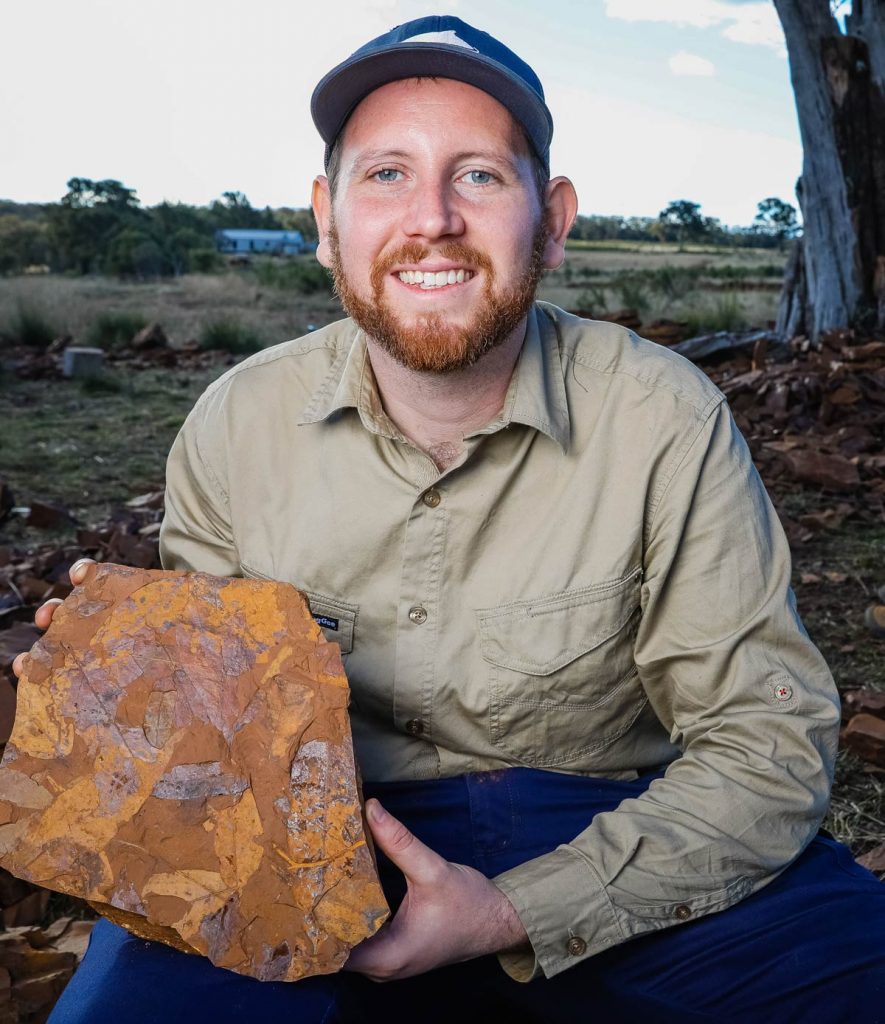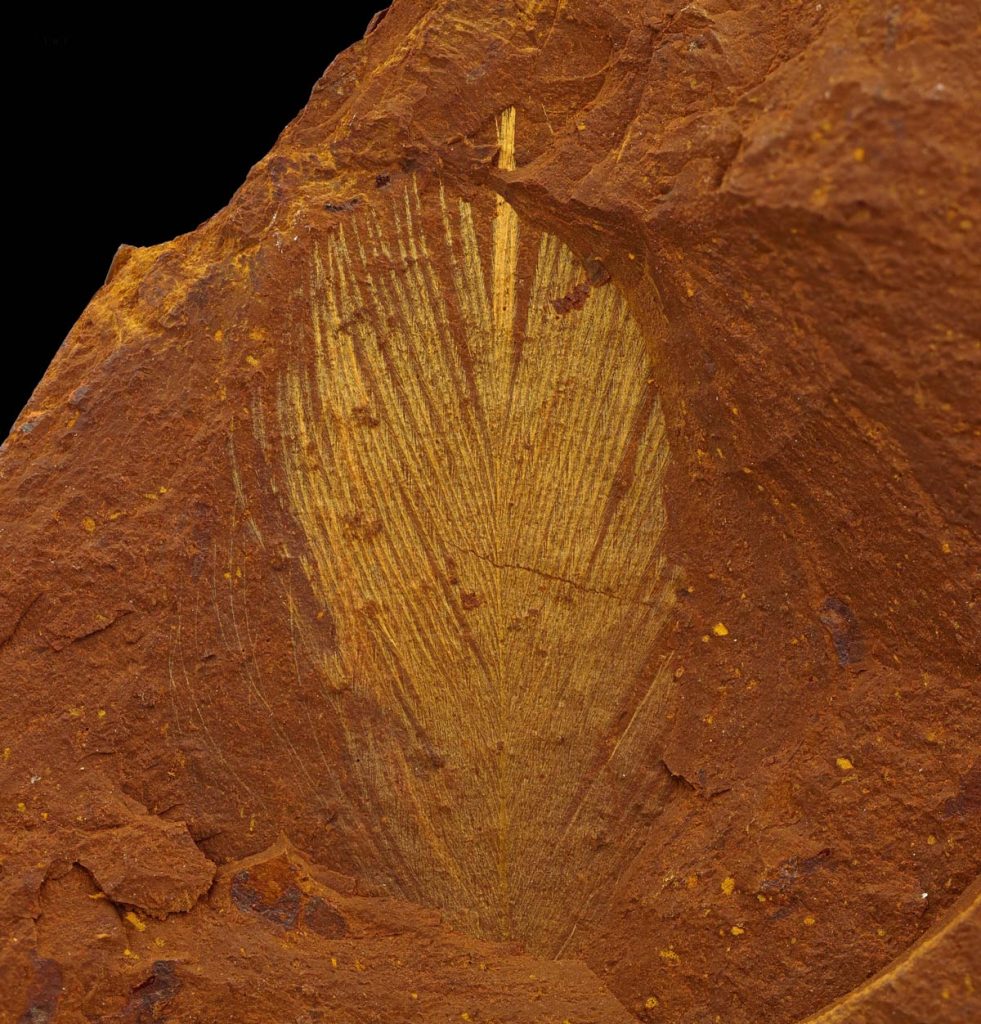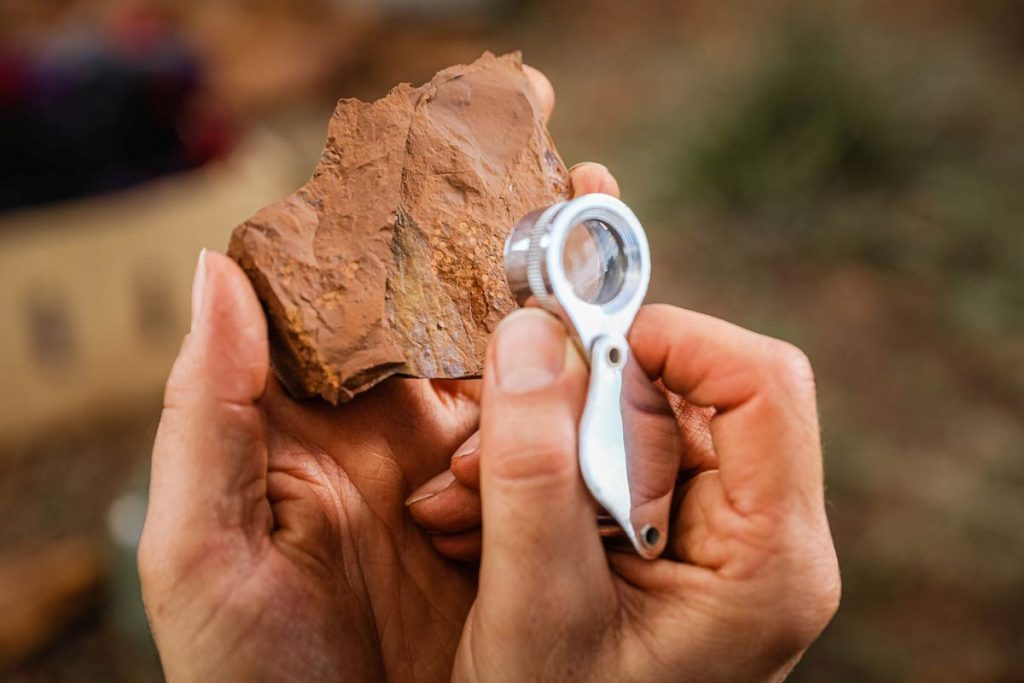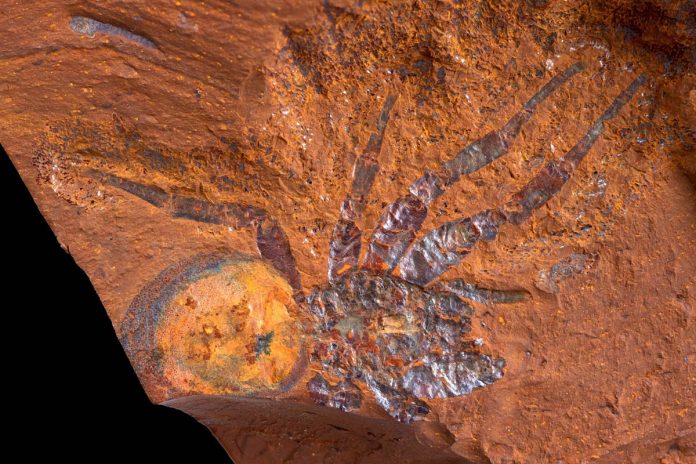Scientists from Australian Museum (AM), University of New South Wales (UNSW) and University of Canberra have discovered a new fossil site in New South Wales, Australia. This fossil contains examples of fossilized animals and plants from the Miocene epoch. The findings have been published in Science Advances.
The fossil was found at Central Tablelands. This is one of only a handful of fossil sites in Australia. This site has fossils of exceptional quality.
The scientists have investigated this site for three years and discovered thousands of specimens, such as rainforest plants, insects and fish. Scientists said the fossils formed between 11 and 16 million years ago. This will help to get insights about the history of the Australian continent.

Scientists have used stacking microphotography and a scanning electron microscope (SEM) to observe the fossils. Scientists said the fossils show an incredibly detailed preservation.
The scientists have found the fossils within an iron-rich rock called ‘goethite’. But previously it was thought that ‘goethite’ cannot be a source of exceptional fossils.

Scientists said that the plants and animals match the fossils found in rainforests of northern Australia. Scientists also observe that there were signs that the ecosystem at McGraths Flat was getting dryer.
Scientists exclaimed that the variety of fossils preserved with an extraordinary fidelity of preservation. This will allow the scientists to have useful insights about Australia’s past.
In a time when mesic ecosystems still dominated the continent. Scientists also said that the fossil site brings to life a picture of outback Australia which they can barely believe existed.

Scientists have done field work at McGraths Flat. This field work was funded by a descendant of Robert Etheridge, who was an English palaeontologist who came to Australia in 1866. Etheridge joined the Australian Museum in 1887.
Under Etheridge, the AM’s collections were greatly enhanced. He has also launched a program of expeditions in Lord Howe Island.

McGraths Flat
McGraths Flat is named after Nigel McGrath. McGrath discovered the first fossils from the site. The Miocene Epoch brought immense change in Australia. The Australian continent had separated from Antarctica and South America in this time.
In this time, there was enormous richness and variety of plant and animal life in Australia. But 14 million years ago, “Middle Miocene Disruption” happened and caused widespread extinctions.

